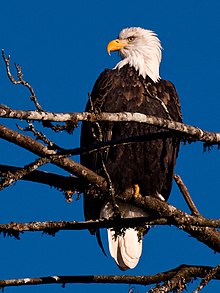Sorry Everyone, I am going to not post anything on this blog anymore
I have decided to just focus on my fashion and
my random blog.
I won't close down this blog I just don't feel the need to post anymore
so now it will just be an encyclopedia.
Sincerely,
Hannah
P.S. The only thing I will change is the countdown widget to random
countdowns.
Sincerely,
Hannah
P.S. The only thing I will change is the countdown widget to random
countdowns.

 "
"








